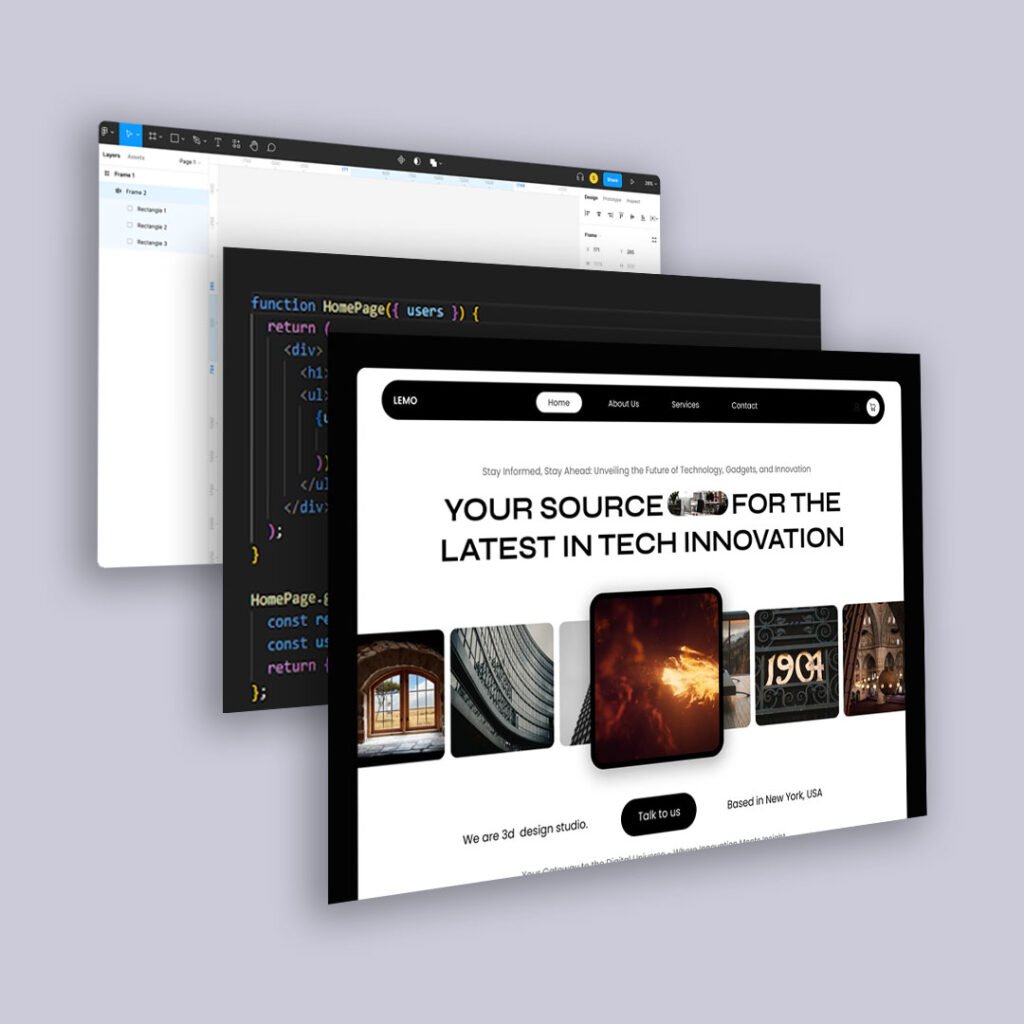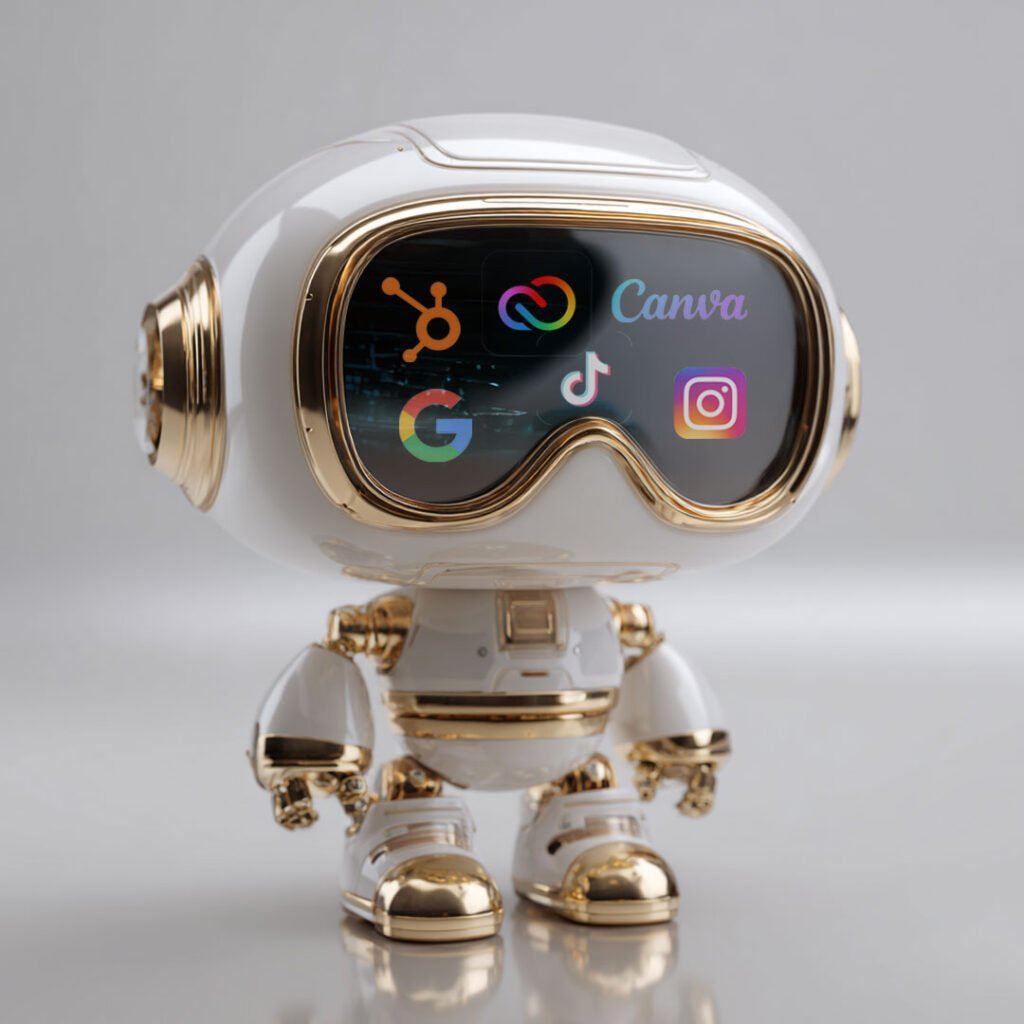Most people like to believe they make decisions rationally. They picture themselves weighing pros and cons, comparing prices, reading reviews, and coming to logical conclusions. Occasionally, that might even be true. However, when a decision feels personal—when it touches something emotional—we tend to respond with instinct first and logic second.
That emotional connection is what makes proof so powerful–not the kind of proof you find in spreadsheets or feature comparisons, but the kind you can feel. This type of proof comes from someone who has gone through something difficult and come out the other side with conviction. Their experience validates their recommendation. Their struggle makes their words resonate.
When someone shares what worked for them after facing a real challenge, their words carry more weight. That kind of message feels earned rather than rehearsed. In behavioral science, this is known as costly signaling—the idea that we trust people more when their beliefs come with a price.
Here are a few examples of how that plays out:
- A small business owner who built their company after losing a job and needed a tool that could scale without breaking the bank.
- A new parent who researched dozens of products before choosing the one that actually helped their baby sleep through the night.
- A distance runner who tried several recovery methods before finally finding one that eased joint pain without medication.
In each case, the recommendation is rooted in real experience. These individuals are not simply promoting a product or idea—they’re sharing what helped them solve a meaningful problem. That authenticity makes people listen.
Why Stories of Endurance Influence Behavior
Emotionally charged stories are not just memorable; they are persuasive. Studies in neuroscience and behavioral psychology have shown that people retain emotionally grounded information more effectively than abstract data. If a brand tells a story that mirrors our fears, hopes, or experiences, we are more likely to remember it—and to act on it.
These stories work because they reduce psychological distance. When we hear about someone else’s pain and see how they found a way through it, we start to believe that we might find a way too. The brand becomes more than a product. It becomes a symbol of possibility.
This is why testimonials, case studies, and founder stories matter. They show—not just tell—what is possible. They demonstrate that the value behind a product or service is not just theoretical. It is real.
How to Build Emotional Credibility into Your Brand
You do not need to manufacture hardship or dramatize your story to gain trust. What matters most is alignment between your audience’s emotional reality and the story you choose to tell.
Here are several ways to apply this strategy with integrity:
- Describe the transformation, not just the tool. Audiences want to know what changed and why it mattered—not just what was used to make it happen.
- Let real voices lead. Whether it comes from a customer, a founder, or someone on your team, the voice should feel human and unscripted.
- Aim for polish, not perfection. Overproduced content can create distance. A story that feels grounded in truth—spoken plainly and thoughtfully—is more likely to build trust.
- Stay emotionally relevant. Speak to real emotions, not generic sentiments. Make sure your message reflects what your audience is actually navigating.
In a marketplace flooded with AI-generated content and over-promised outcomes, people are craving something they can believe in. They want stories that reflect their own journey. They want proof that someone else has faced the same problem—and made it through.
The most persuasive story you can offer is not the one where everything goes right. It is the one where everything went wrong, and your brand helped someone find their way forward.





